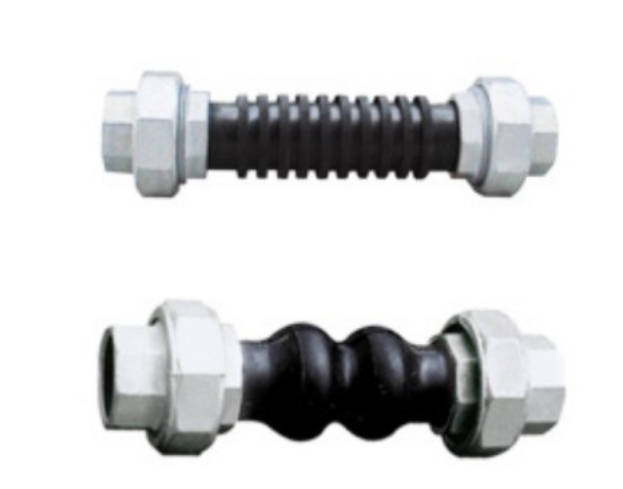Design and Functionality of Single Arch Rubber Expansion Joints in Engineering Applications
Understanding Single Arch Rubber Expansion Joints
Single arch rubber expansion joints are vital components in various piping systems, designed to absorb movement, vibration, and misalignment within the piping infrastructure. These joints are commonly utilized in industries such as water treatment, chemical processing, HVAC, and power generation, where the need to manage thermal expansion and contraction, as well as equipment vibrations, is critical.
Structure and Design
The design of a single arch rubber expansion joint typically consists of a flexible rubber body with a distinct arch shape. This unique shape allows for greater flexibility and displacement compensation compared to standard straight rubber joints. The arch enables the joint to accommodate lateral, angular, and axial movements, which can occur due to temperature changes or operational pressures in the piping system.
Constructed with durable rubber compounds, these joints are often reinforced with layers of fabric or steel to enhance strength and longevity. Common materials used include neoprene, EPDM (ethylene propylene diene terpolymer), and nitrile rubber, each chosen based on the specific requirements of the application, such as temperature resistance, chemical compatibility, and pressure ratings.
Advantages of Single Arch Rubber Expansion Joints
One of the primary advantages of single arch rubber expansion joints is their ability to reduce stress on pipelines and connected equipment. By absorbing movements and vibrations, these joints help prevent potential damage to piping systems and minimize maintenance costs. Their design not only ensures efficient operation but also extends the lifespan of the equipment.
single arch rubber expansion joint

Moreover, the flexibility offered by these joints allows for easier installation. Single arch rubber joints can be fitted to existing piping systems without requiring extensive modifications, making them a cost-effective solution for retrofitting and upgrading older installations.
Applications
Single arch rubber expansion joints are applied in numerous settings. In water treatment facilities, for instance, they can reduce the impact of water hammer effects, thereby protecting pumps and valves from sudden pressure changes. In chemical processing, these joints help manage the thermal expansion of pipes carrying hot fluids, which could otherwise lead to significant structural issues.
In HVAC systems, they serve a critical role in minimizing noise and vibration during operation. By employing these expansion joints, engineers can enhance the overall efficiency of the HVAC systems while ensuring comfort in occupied spaces.
Conclusion
In summary, single arch rubber expansion joints are essential components that contribute significantly to the reliability and efficiency of various piping systems. Their ability to accommodate movement, reduce stress, and enhance durability makes them invaluable in numerous industrial applications. Understanding their function, design, and advantages allows engineers and facility managers to make informed decisions when it comes to selecting the right expansion joints for their specific needs. With continued advancements in materials and design, the application of single arch rubber expansion joints is likely to expand, offering even greater benefits to modern engineering solutions.
-
3-types-of-check-valves-maintenance-tipsNewsAug.23,2025
-
ball-valves-types-with-trunnion-mounted-designNewsAug.23,2025
-
butterfly-valve-company-production-capabilitiesNewsAug.23,2025
-
fisher-globe-valve-technical-specificationsNewsAug.23,2025
-
types-of-gaskets-for-flanges-selection-guideNewsAug.23,2025
-
wedge-gate-valve-suppliers-quality-standardsNewsAug.23,2025
-
Breakthrough in Domestic Low Temperature Valve Technology in ChinaNewsAug.18,2025




